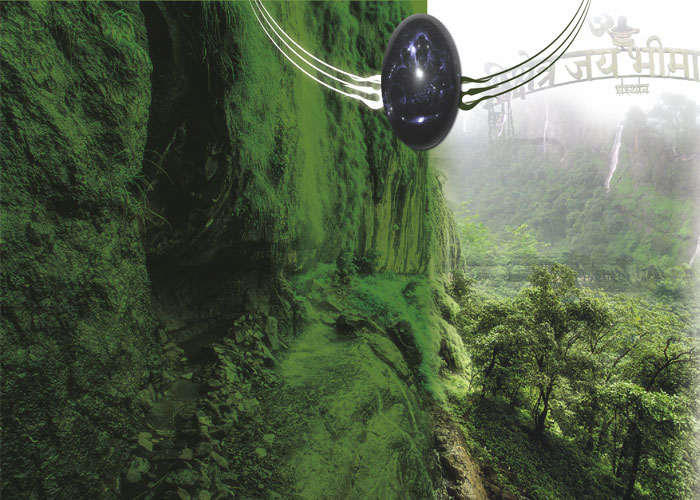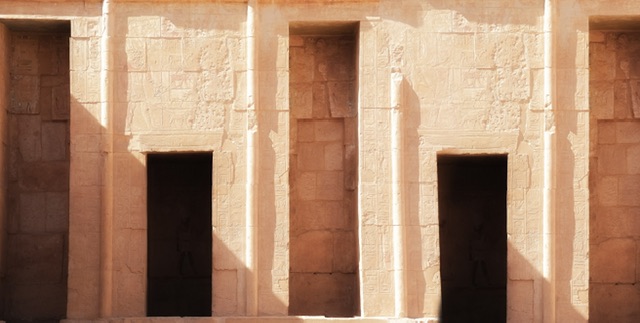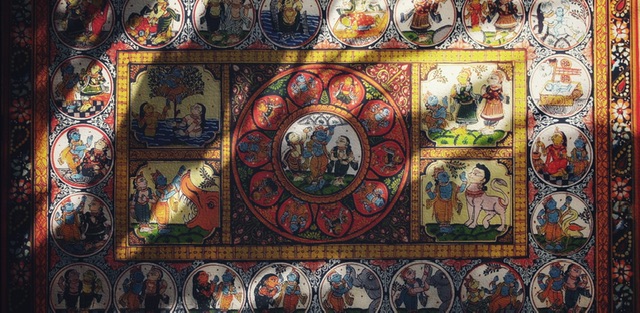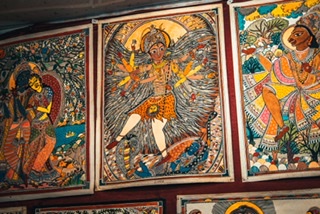Centuries ago Lord Shiv is said to have revealed himself to his true devotees in the form of a jyoti or a light. On their request for Him to reside by them for eternity, He installed Himself near them, as a linga, which is now known as Jyotirlinga.
In this series of articles we will take you through the 12 Jyotirlingas as described in the following Sanskrit shloka (Dwadasha Jyotirlingum Strota) –
सौराष्ट्रे सोमनाथं च श्रीशैले मल्लिकार्जुनम्।
उज्जयिन्यां महाकालमोङ्कारममलेश्वरम्॥
परल्यां वैद्यनाथं च डाकिन्यां भीमशङ्करम्।
सेतुबन्धे तु रामेशं नागेशं दारुकावने॥
वाराणस्यां तु विश्वेशं त्र्यम्बकं गौतमीतटे।
हिमालये तु केदारं घुश्मेशं च शिवालये॥
एतानिज्योतिर्लिङ्गानिसायंप्रातः पठेन्नरः।
सप्तजन्मकृतं पापं स्मरणेन विनश्यति॥
एतेशां दर्शनादेव पातकं नैव तिष्ठति।
कर्मक्षयो भवेत्तस्य यस्य तुष्टो महेश्वराः॥:
द्वादश ज्योतिर्लिंग स्तोत्रम्
The mighty Ganga, according to Puranas, descended straight from heaven. And, only Lord Shiv could handle the force Ganga. So He let the river run through His own hair, down to bless the earth. But Ganga is not the only river that owes its holy fame to Lord Shiv. There are others and among them is Bhimshankar, in the western Indian state of Maharashtra, in Pune’s Sahyadri mountain range. With a jyotirling as its source, Bhimshankar is said to have originated in Lord Shiv’s skin pores.
As per historical records, Kumbhkaran’s son Bhim flew into a rage when his mother, Kartaki, told him about the slaying of Kumbhakaran and Ravan by Lord Vishnu in His incarnation as Lord Ram. Bhim decided to seek revenge. He did great penance and succeeded in propitiating Lord Brahma to get special powers. His powers helped him in defeating even Lord Indra, the king of heavens.
As part of his terror campaign, Bhim condemned a staunch devotee of Lord Shiv, Kamrupeshwar to the dungeons and asked him to worship him rather than Lord Shiv. He also sought to demolish the object of Kamrupeshwar’s worship, a Shivling. But just as he prepared to do that, Lord Shiv appeared in full glory. Bhim fought with all his might before the Lord reduced him to ashes.
After the battle, Lord Shiv settled in the Sahyadri mountains and sweat started pouring from His body in thousands of streams that finally met and became the river Bhimshankar. When the local people prayed to Him to reside there forever, He manifested as the jyotirling.
The area is a picturesque delight—deep forests, temples, lush greenery, and great waterfalls with deep red mud falling in full force from awesome heights before disappearing into ravines. The place is famous for its Maha Shivratri fair and the wildlife sanctuary that has the giant Indian squirrel.
Getting There
There is a road that goes right upto the Bhimshankar Jyotirling, both from Bombay and Pune. There is a government guest house at Bhimshankar and some other places of stay as well, and an overnight halt there means you can take off early morning for the shrines around the jyotirling before driving back the next day.
The Bhimshankara Jyotirlinga is also a trekker’s delight. Ganesh Ghat and Seedhi (ladder) Ghat are the two trekking routes to the jyotirling. The Seedhi Ghat has ladders that are rather tricky, and you need nerves of steel to make it through narrow patches unguarded by hills. Ganesh Ghat is a longer but smoother way. Another route trekkers can take is Bombay-Murbad-Narvli-Siddhagad-Bhimshankar-Karjat-Bombay.





